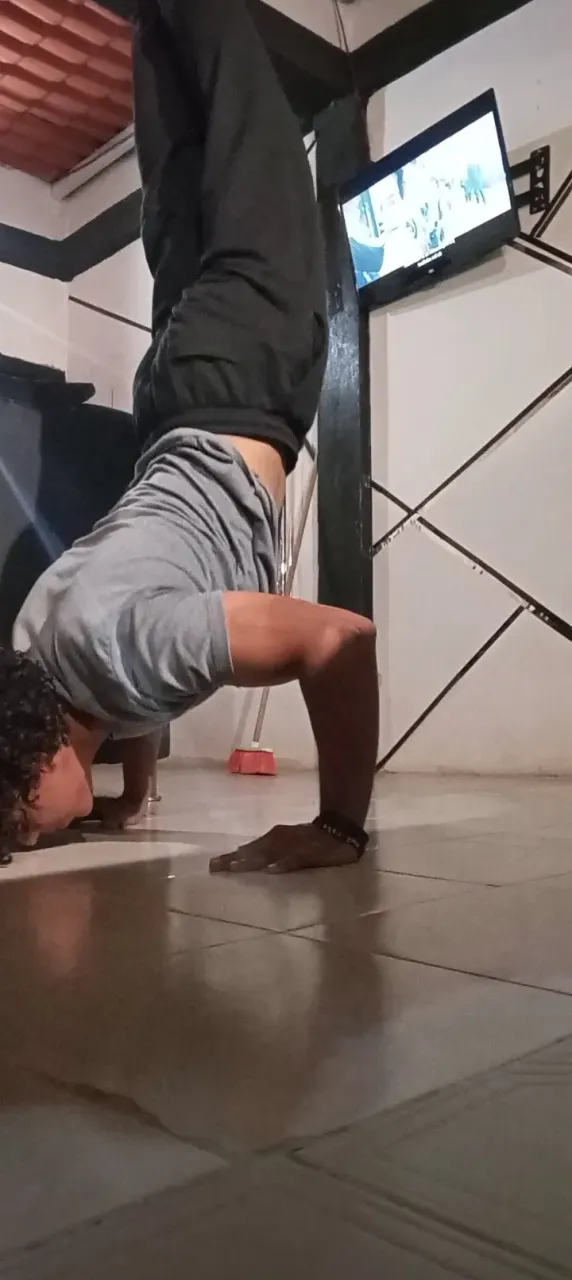
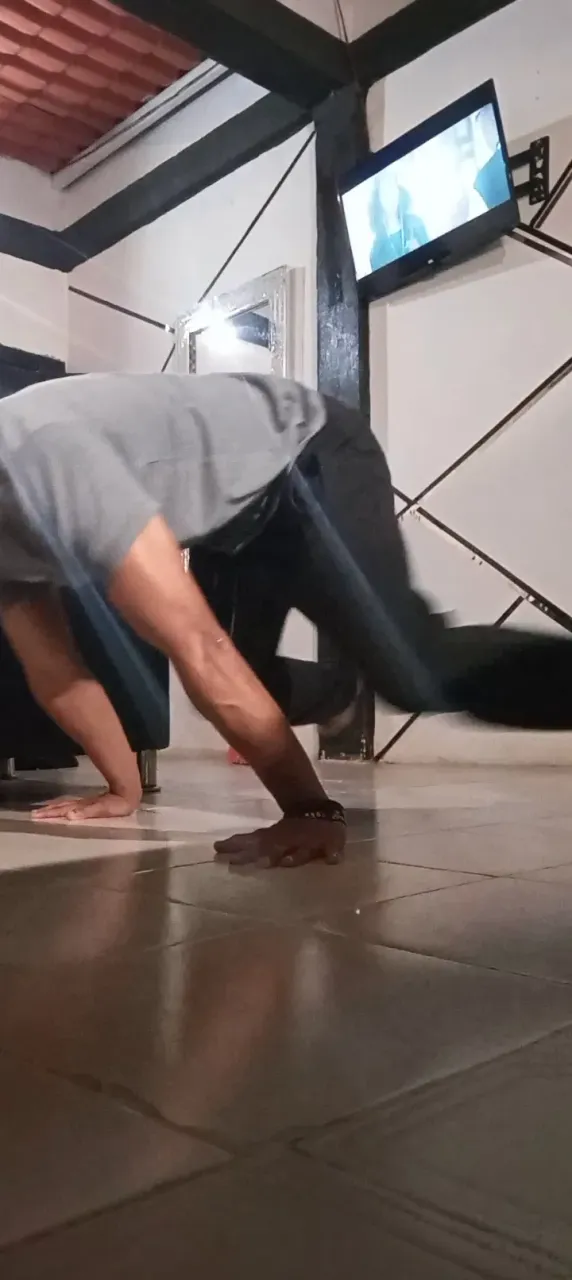
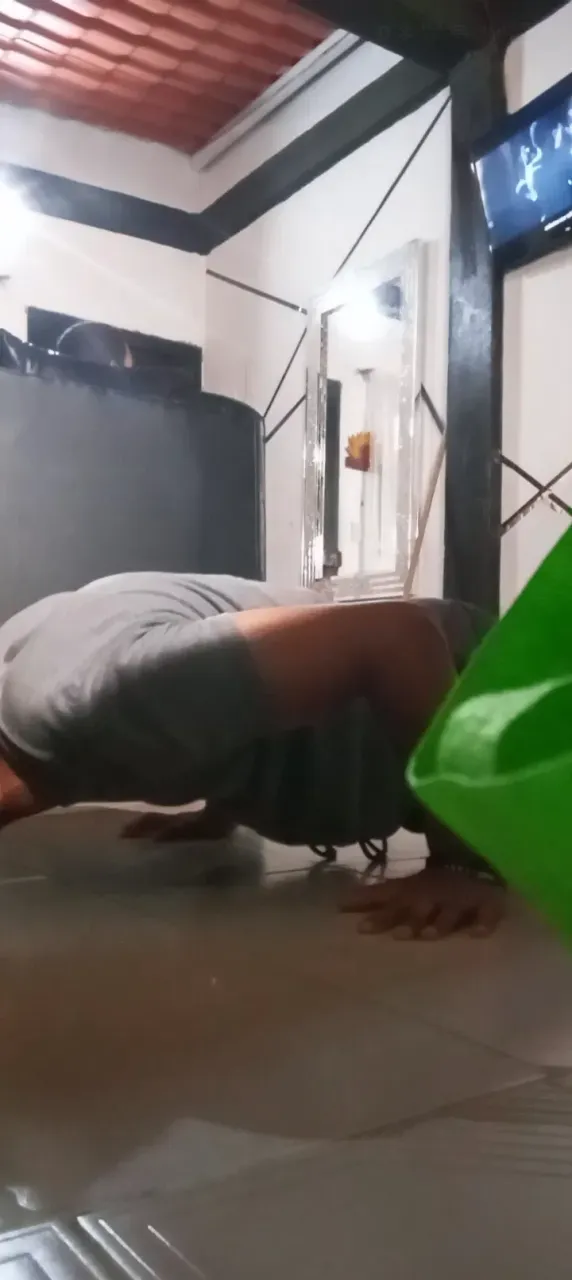
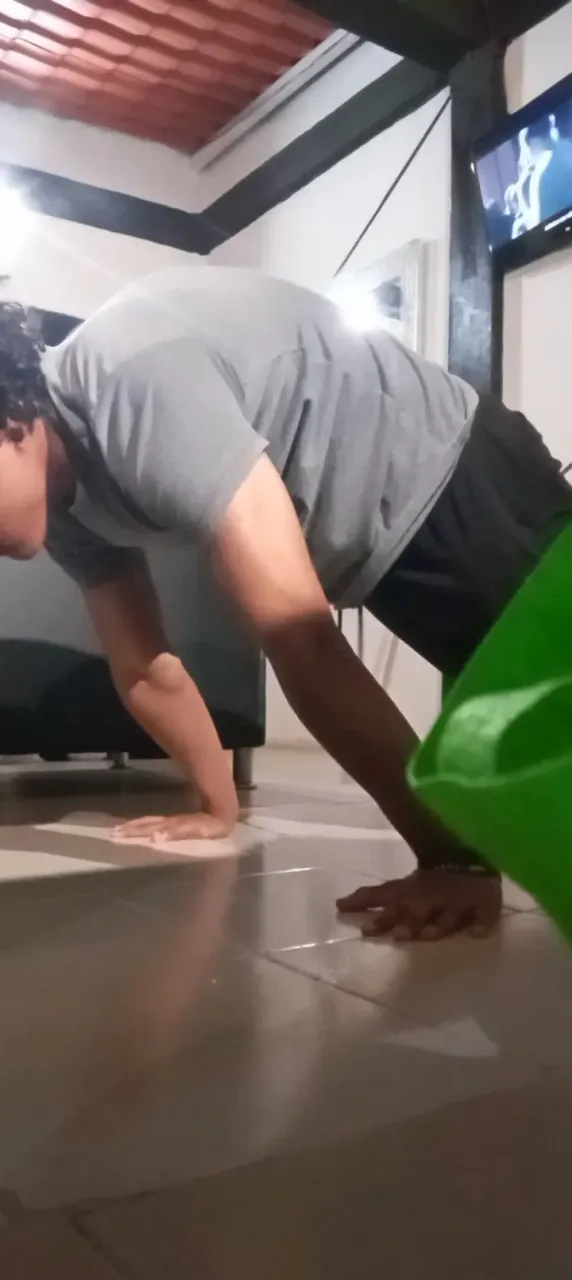
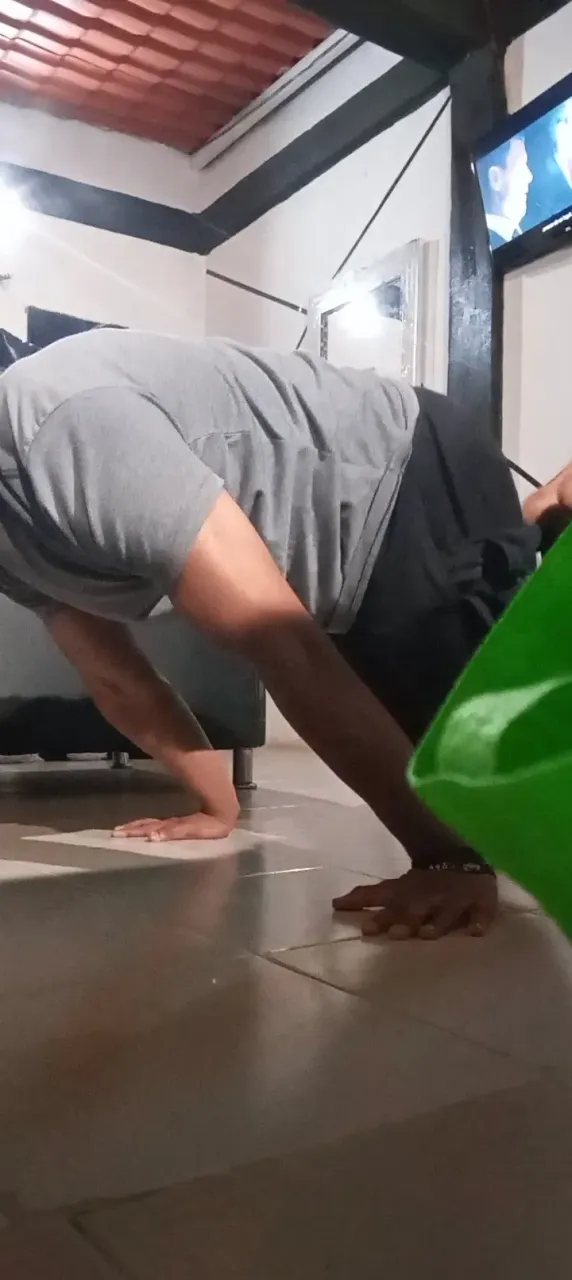
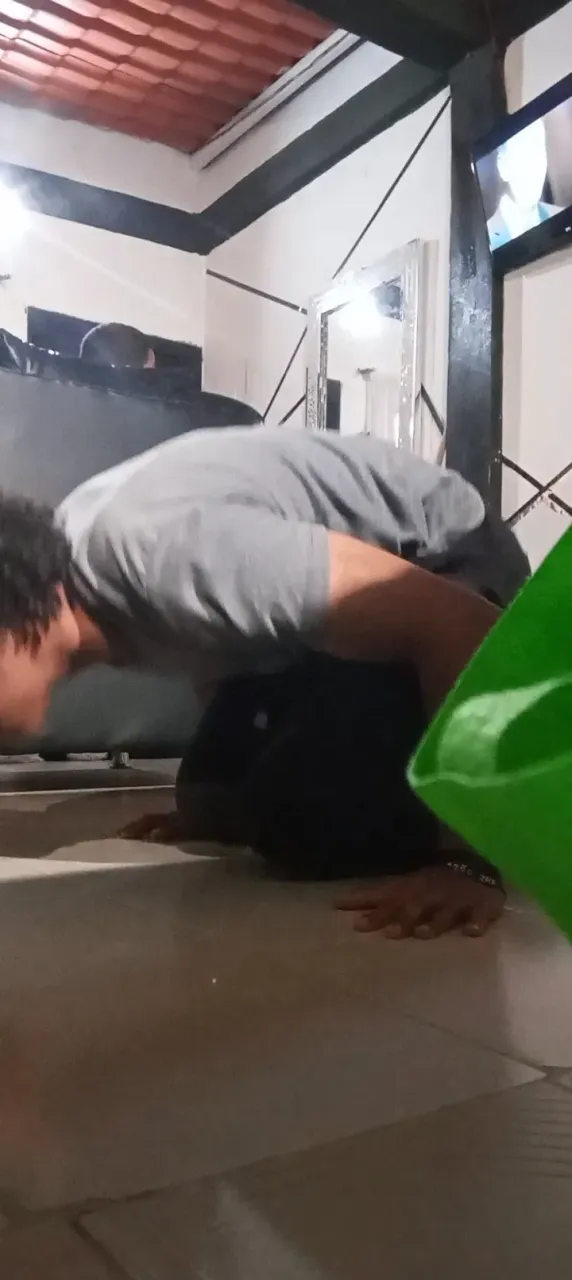
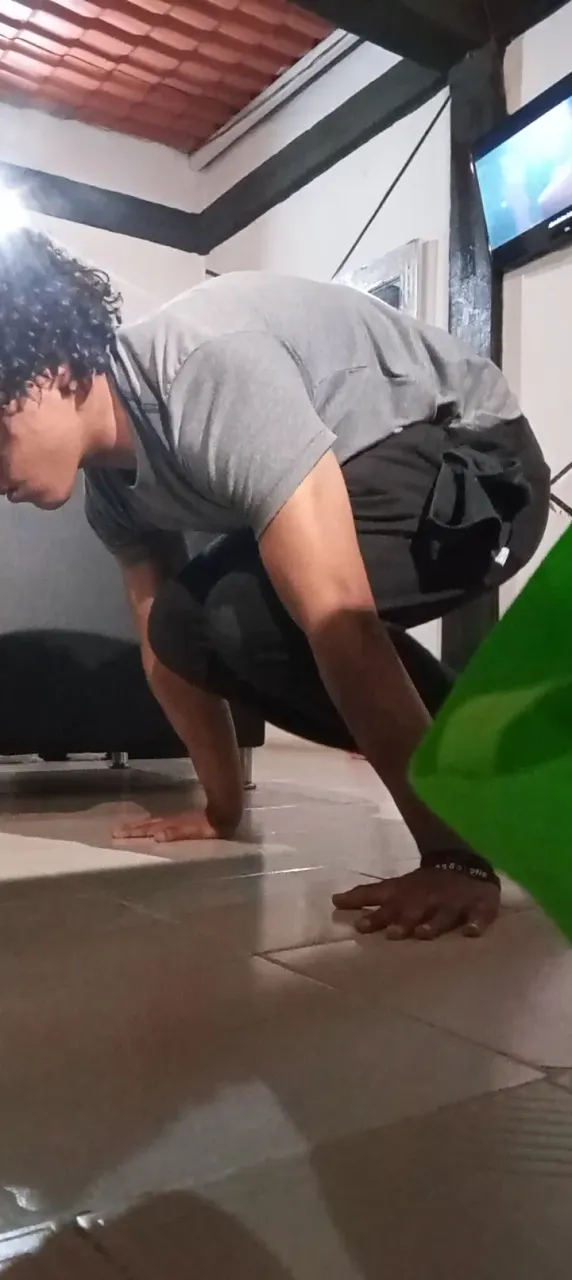
Hoy vamos a hablar de esos ejercicios que parecen sacados de una película de superhéroes: los estáticos en calistenia. Si alguna vez has visto a alguien mantenerse en el aire como si la gravedad no existiera, sabes de lo que hablo. La Straddle Planche, la Tuck Planche, la Lean Planche y las flexiones en estáticos no solo son impresionantes, sino que son la prueba de fuerza, control y disciplina. ¿Listos para romper límites? ¡Vamos!
¿Qué son los estáticos y por qué son tan importantes?
Los estáticos son ejercicios donde mantenemos una posición fija, desafiando la gravedad y reclutando músculos desde los hombros hasta los dedos de los pies. No se trata solo de fuerza, sino de tensión corporal, equilibrio y mentalidad. Si quieres un físico funcional y un core de acero, estos movimientos son tu mejor aliado.
Los 4 Estáticos que Debes Dominar (o al menos intentar)
1️⃣ Straddle Planche: El Rey de los Estáticos
¿El objetivo? Flotar con las piernas abiertas y el cuerpo paralelo al suelo. Parece fácil hasta que lo intentas y sientes que tus hombros van a explotar.
🔹 Cómo progresar:
- Empieza con Planche leans (inclinaciones hacia adelante con los pies en el suelo).
- Usa bandas de resistencia para asistirte.
- Fortalece con pseudo Planche push-ups (flexiones con las manos atrás).
💡 Tip: Si tus muñecas no aguantan, usa paralelas o empuñaduras.
2️⃣ Tuck Planche: La Base para Todo
Aquí mantenemos las rodillas pegadas al pecho mientras flotamos. Es el primer gran paso antes de avanzar a posiciones más abiertas.
🔹 Cómo progresar:
- Aguantar 10-20 segundos es un buen inicio.
- Combínalo con Tuck Planche to Handstand (para ganar control).
- Si te caes, no importa. ¡La consistencia lo es todo!
💡 Tip: Si no aguantas, trabaja primero tu Frog Stand (plancha con rodillas en los codos).
3️⃣ Lean Planche: El Secreto de la Tensión
No es un estático completo, pero es ESENCIAL para aprender a distribuir tu peso hacia adelante sin colapsar.
🔹 Cómo progresar:
- Inclínate hasta que tus hombros pasen tus muñecas.
- Aguanta 15-30 segundos sintiendo el ardor en los delts.
- Combínalo con negativas de Planche (bajar lentamente desde handstand).
💡 Tip: Si sientes que te faltan hombros, haz pike push-ups y handstand holds.
4️⃣ Flexiones en Estáticos: Lleva tu Fuerza al Siguiente Nivel
Si ya dominas la posición estática, ¿por qué no añadir movimiento? Las Planche Push-ups son el santo grial, pero primero debes controlar la estática.
🔹 Cómo progresar:
- Empieza con negativas (bajar lentamente desde la posición).
- Usa elevaciones en pica para ganar fuerza.
- Cuando puedas, intenta una sola rep con buena forma.
💡 Tip: No te frustres si no sales de una. ¡Hasta los pros tardan años en dominarlo!
💪 ¿Por Qué Deberías Entrenar Estáticos?
✅ Fuerza brutal en hombros, core y espalda.
✅ Mejor control corporal para otros skills como el handstand o el muscle-up.
✅ Estética next level (nada como un físico funcional y poderoso).
Pero, ¡cuidado! No es un camino fácil. Vas a caer, vas a temblar y vas a sudar… pero cada segundo vale la pena.
📌 Conclusión: Paciencia y Progresión
Los estáticos no se logran de la noche a la mañana. Requieren consistencia, técnica y mucha fuerza mental. Si hoy solo aguantas 2 segundos en Tuck Planche, celebra esos 2 segundos. Mañana serán 3, luego 5… y así hasta que un día, sin esperarlo, ¡flotarás como si nada!
¿Ya entrenas estáticos? ¿Cuál es tu favorito? ¡Cuéntame tu experiencia! 👇
🚀 #Calistenia #Planche #Estáticos #Fuerza #Progresión
(¡Y recuerda: el viaje es tan importante como la meta! 💯)
🔹 PD: Si te gustó el post, compártelo y sigue a la comunidad para más contenido así. ¡Vamos a crecer juntos! 🔥
A shoutout to all the readers and members of Hive, Liketu, and Esency!
Today, we’re talking about those exercises that look like they’re straight out of a superhero movie: calisthenics static holds. If you’ve ever seen someone hovering in the air as if gravity didn’t exist, you know what I mean. The Straddle Planche, Tuck Planche, Lean Planche, and static push-ups aren’t just impressive—they’re a testament to strength, control, and discipline. Ready to push your limits? Let’s go!
What Are Static Holds and Why Are They So Important?
Static holds are exercises where you maintain a fixed position, defying gravity and engaging muscles from your shoulders down to your toes. It’s not just about strength but also body tension, balance, and mindset. If you want a functional physique and a steel-core, these moves are your best ally.
The 4 Static Holds You Must Master (or at least try!)
1️⃣ Straddle Planche: The King of Static Holds
The goal? Float with your legs spread and your body parallel to the ground. It looks easy until you try it and feel like your shoulders are about to explode.
🔹 How to progress:
- Start with Planche leans (leaning forward with feet on the ground).
- Use resistance bands for assistance.
- Build strength with pseudo Planche push-ups (push-ups with hands positioned farther back).
💡 Tip: If your wrists can’t handle it, use parallettes or grips.
2️⃣ Tuck Planche: The Foundation for Everything
Here, you keep your knees tucked to your chest while hovering. It’s the first big step before advancing to more open positions.
🔹 How to progress:
- Holding for 10-20 seconds is a good start.
- Combine it with Tuck Planche to Handstand (to gain control).
- If you fall, no worries—consistency is everything!
💡 Tip: If you can’t hold it yet, work on your Frog Stand (planche with knees on elbows) first.
3️⃣ Lean Planche: The Secret to Body Tension
Not a full static hold, but ESSENTIAL for learning to shift your weight forward without collapsing.
🔹 How to progress:
- Lean forward until your shoulders pass your wrists.
- Hold for 15-30 seconds, feeling the burn in your delts.
- Combine it with Planche negatives (slowly lowering from a handstand).
💡 Tip: If your shoulders feel weak, do pike push-ups and handstand holds.
4️⃣ Static Push-Ups: Take Your Strength to the Next Level
If you’ve mastered the static hold, why not add movement? Planche Push-ups are the holy grail, but you need to control the static position first.
🔹 How to progress:
- Start with negatives (slowly lowering from the position).
- Use pike raises to build strength.
- When ready, attempt a single rep with good form.
💡 Tip: Don’t get frustrated if you don’t get it right away—even pros take years to master it!
💪 Why Should You Train Static Holds?
✅ Brutal strength in shoulders, core, and back.
✅ Better body control for other skills like handstands or muscle-ups.
✅ Next-level aesthetics (nothing beats a functional, powerful physique).
But beware—it’s not an easy road. You’ll fall, shake, and sweat… but every second is worth it.
📌 Conclusion: Patience and Progression
Static holds aren’t achieved overnight. They require consistency, technique, and mental toughness. If today you can only hold a Tuck Planche for 2 seconds, celebrate those 2 seconds. Tomorrow it’ll be 3, then 5… until one day, unexpectedly, you’ll float like it’s nothing!
Do you already train static holds? Which one’s your favorite? Share your experience below! 👇
🚀 #Calisthenics #Planche #StaticHolds #Strength #Progression
(And remember: the journey is just as important as the destination! 💯)
🔹 PS: If you liked this post, share it and follow the community for more content like this. Let’s grow together! 🔥
| | |